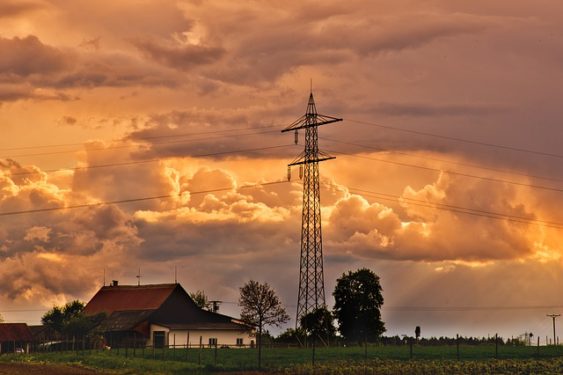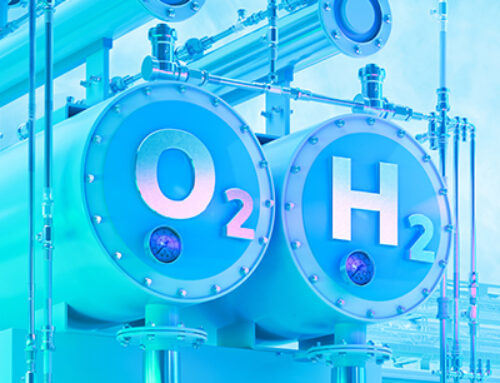IRA Drives Cheaper Renewables, Savings for Americans: RMI
November 11, 2024

The United States Inflation Reduction Act faces threats of repeal from the Trump administration, but its policies have already made renewable energy cheaper—and according to RMI, the shifts they set in motion could keep driving prices down.
For renewable energy transitions to succeed at scale, utilities must be onboard and connected. Connecting IRA-enabled new solar and gas projects to utilities has become cheaper than 90% of proposed new gas generators, finds research by RMI, formerly the Rocky Mountain Institute.
- The climate news you need. Subscribe now to our engaging new weekly digest.
- You’ll receive exclusive, never-before-seen-content, distilled and delivered to your inbox every weekend.
- The Weekender: Succinct, solutions-focused, and designed with the discerning reader in mind.
Still, a staggering 2 terawatts of new projects are stuck in line for interconnection. In the meantime, distributed energy resources, like electric vehicles and home solar panels, can connect in a network called a virtual power plant, feed the grid, eliminate some of the need for new gas capacity, and save utilities money. RMI analysts find that an example utility in the Mountain West could “save its customers 20% and deliver annual average savings to households of US$140.”
Meanwhile, grid-enhancing technologies (GETs) can work within the existing power system to make interconnections easier, more flexible, and “smarter.” Using the case study of the PJM Region, a wholesale electricity market that coordinates electricity across the U.S. Midwest and Atlantic coast, RMI finds that “simply installing 95 GET projects would result in approximately $1 billion in production cost savings annually and open space on the grid to deploy an additional 6.6 gigawatts of new clean energy resources.”
Solar arrays with batteries can also contribute, supplying decentralized power to keep the lights on during disasters. Hurricane Helene recently underscored the risk climate-driven extreme weather poses to utilities, and by extension thousands of people. Battery storage installations, paired with solar panels or not, qualify for a 30% household IRA tax credit, writes Eco-Worthy.
IRA funds also flow through federal agencies. The U.S. Department of Agriculture (USDA) Empowering Rural America (ERA) program awarded funding to rural electricity co-ops, which often provide power at lower rates than private utilities. The USDA estimates that the Dairyland Power Cooperative, serving rural communities in Minnesota, Wisconsin, Iowa, and Illinois, will reduce rates 42% over 10 years thanks to four new wind and solar projects funded by ERA.
Though all this technology is costly, RMI views IRA funding as a windfall. Specifically, the Energy Infrastructure Reinvestment (EIR) program provides $250 billion in low-cost loans to developers, public power utilities, and independent power producers, covering 80% of their costs. The loans support new project development, as well as remediation projects like mine decommissioning.
Search
RECENT PRESS RELEASES
Related Post



